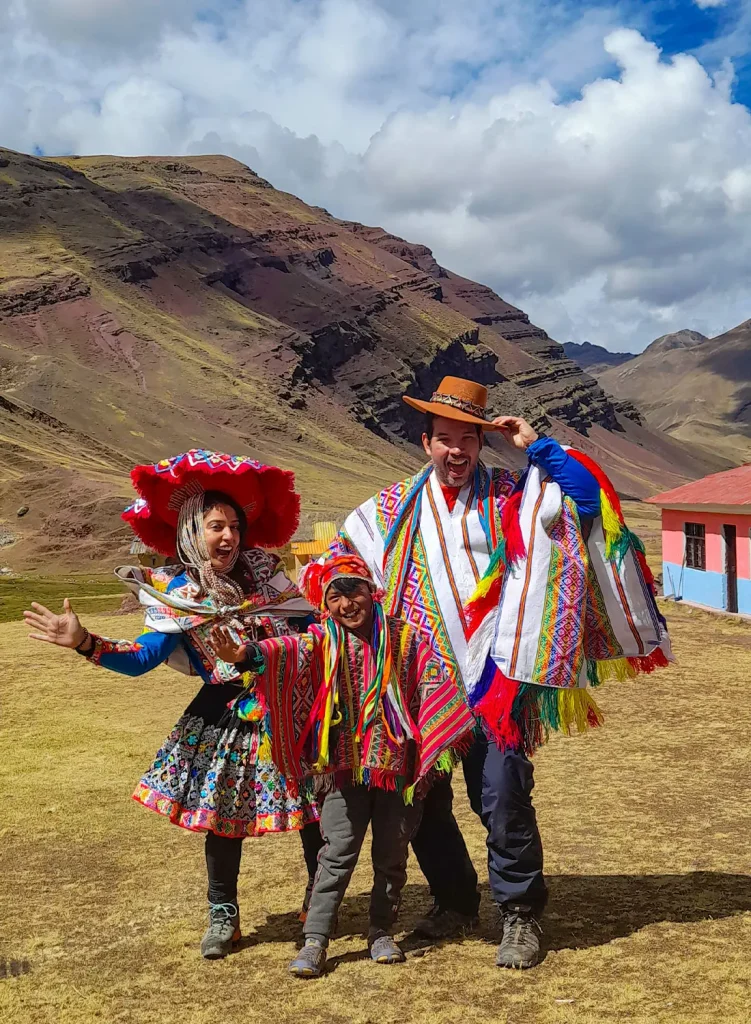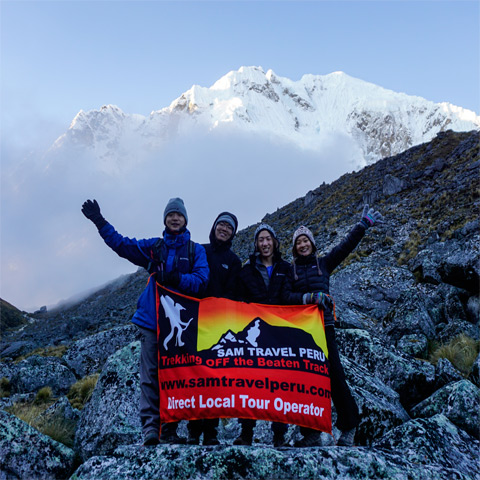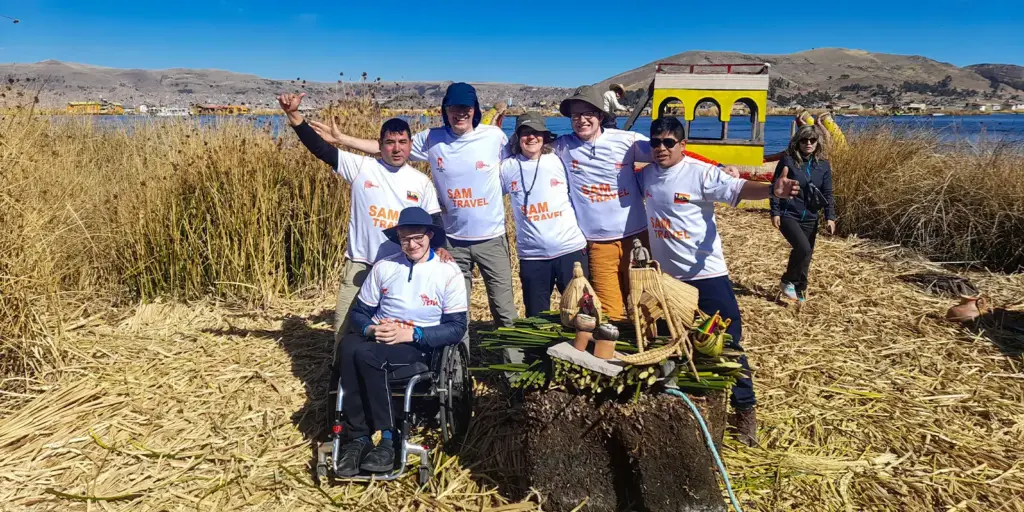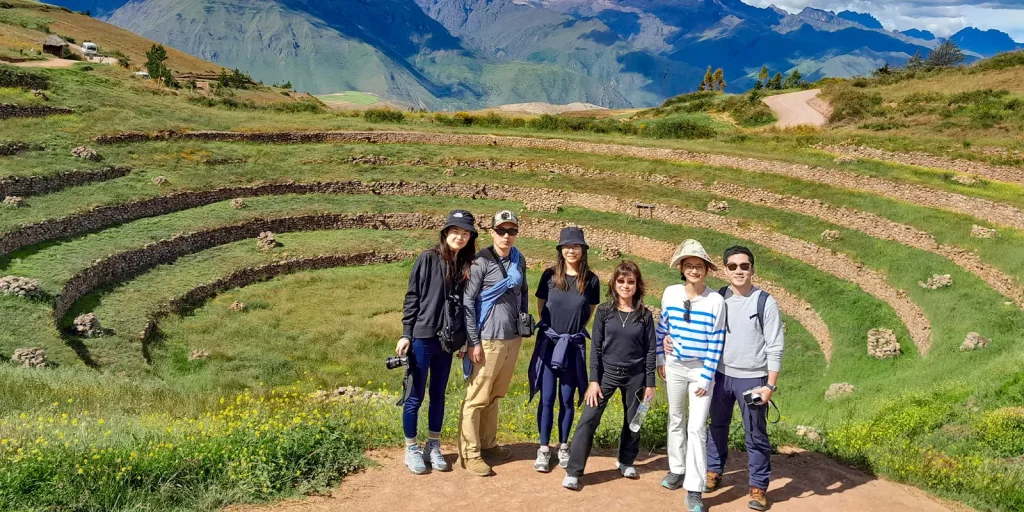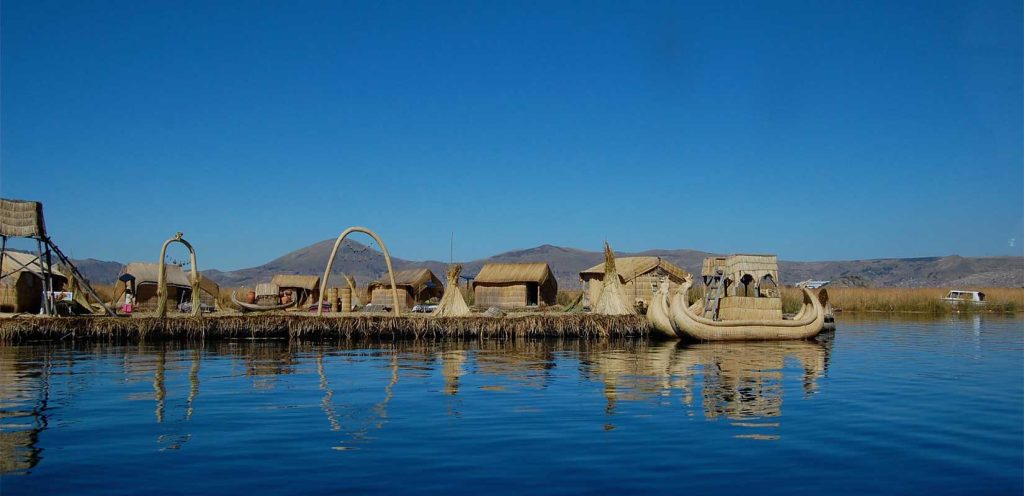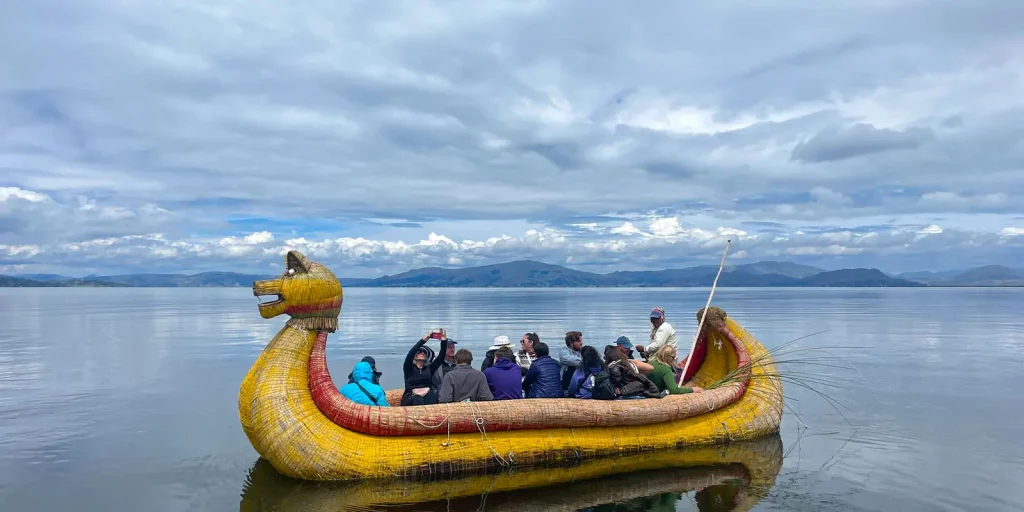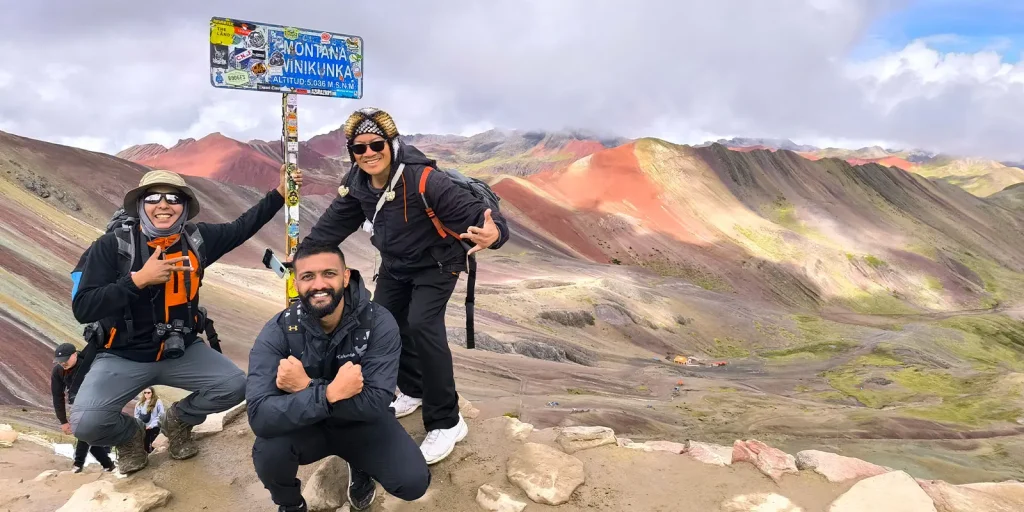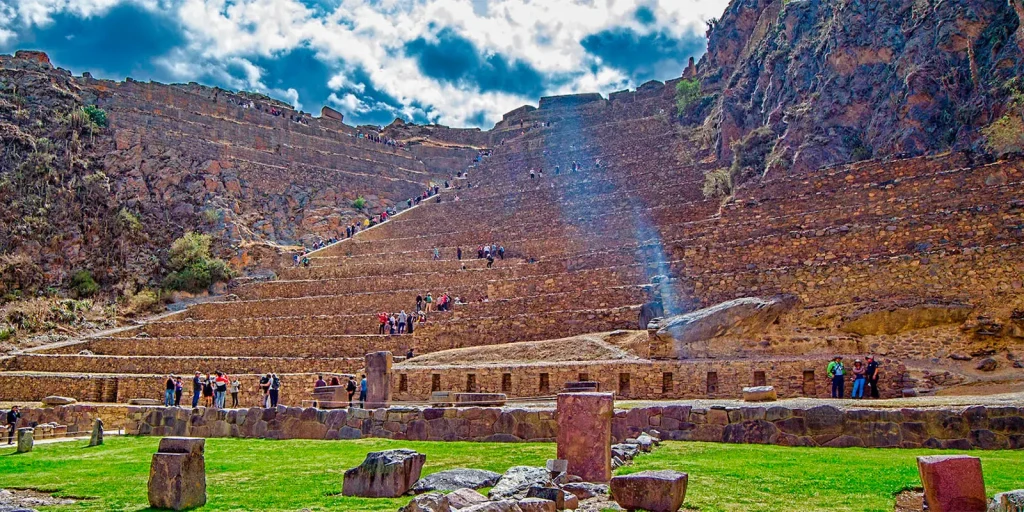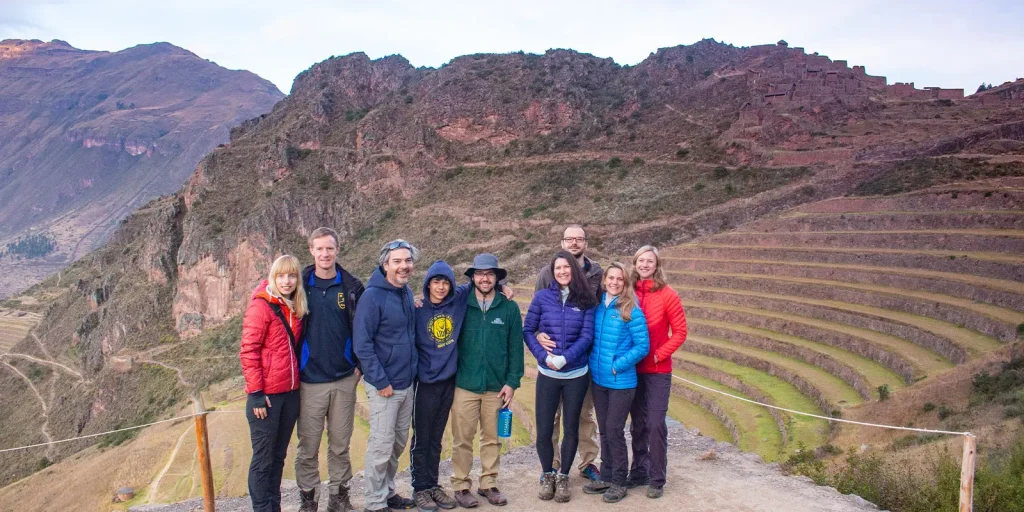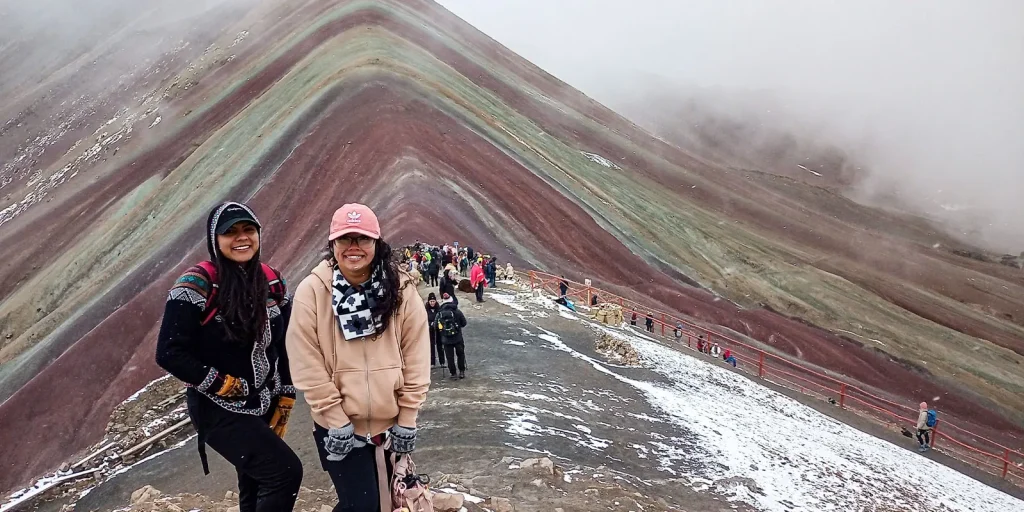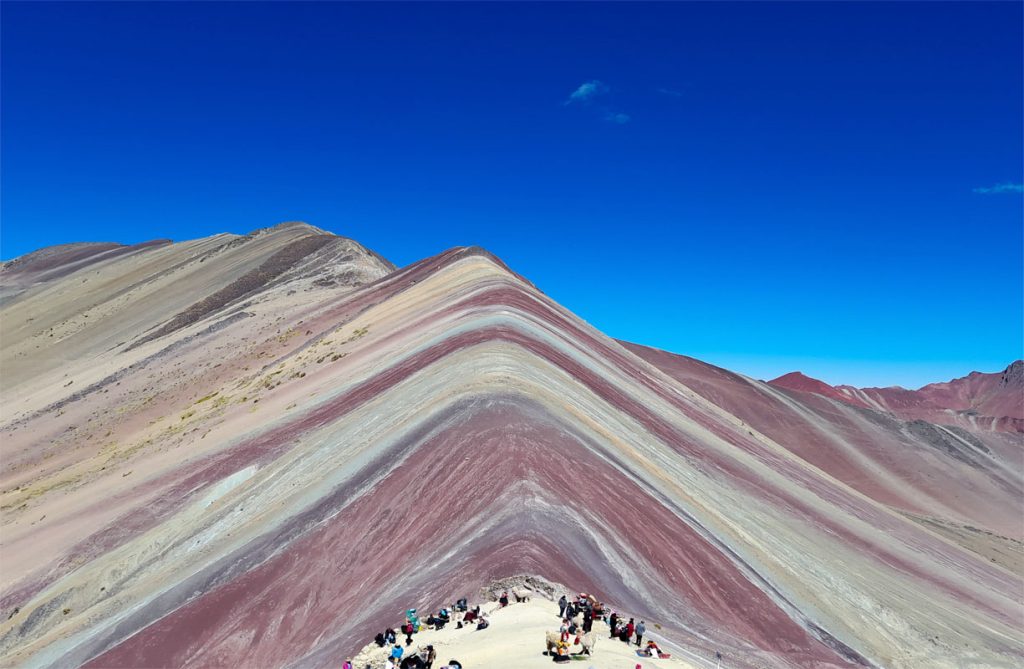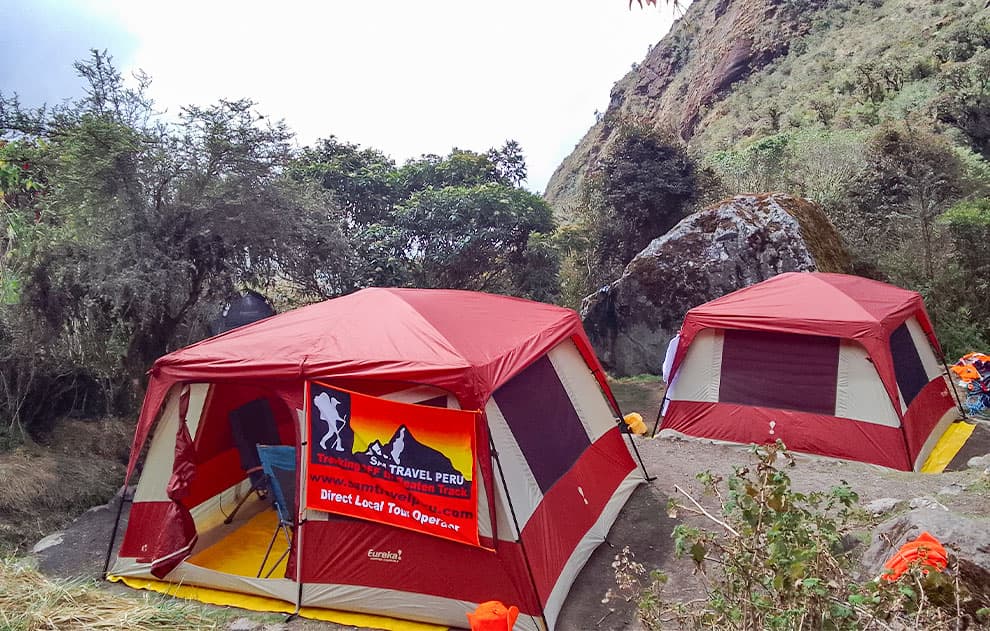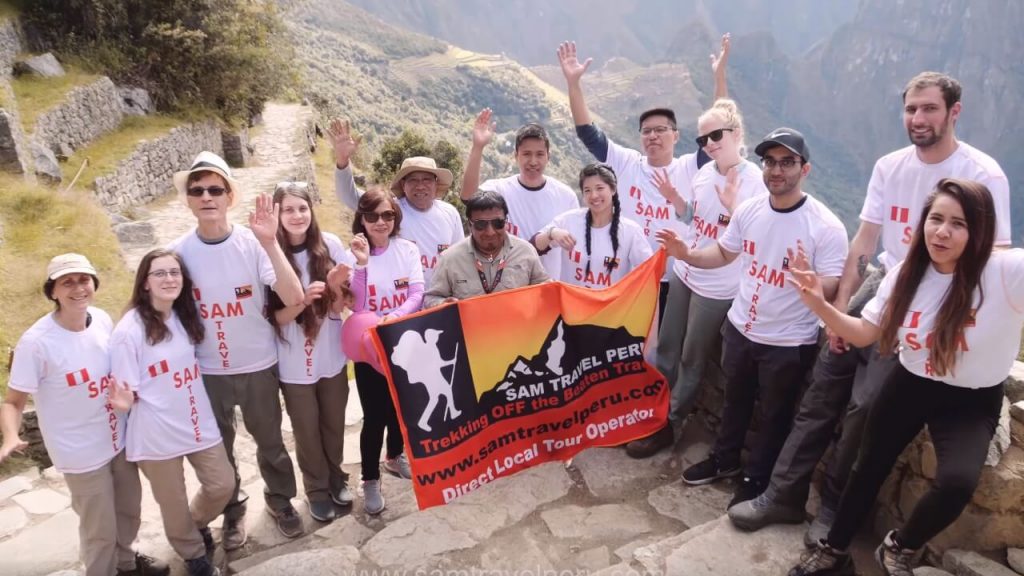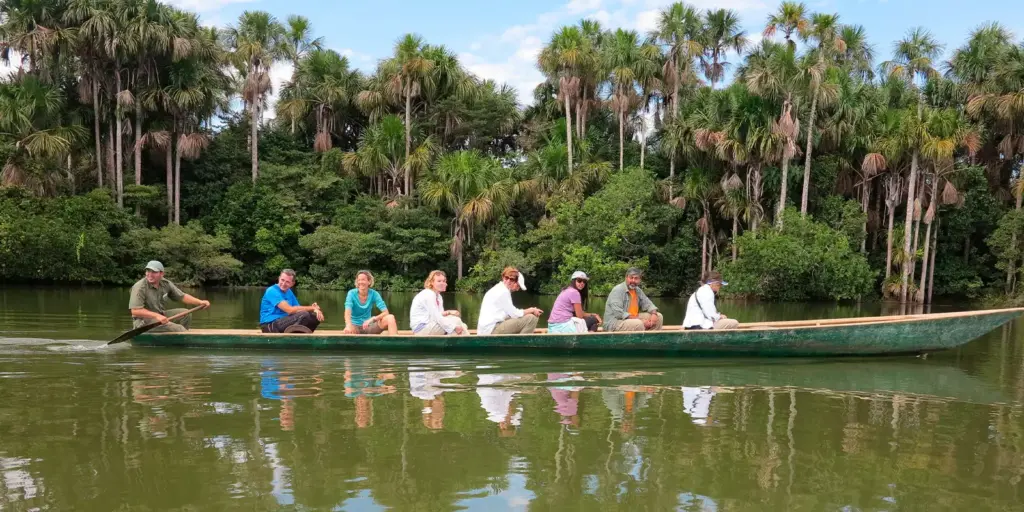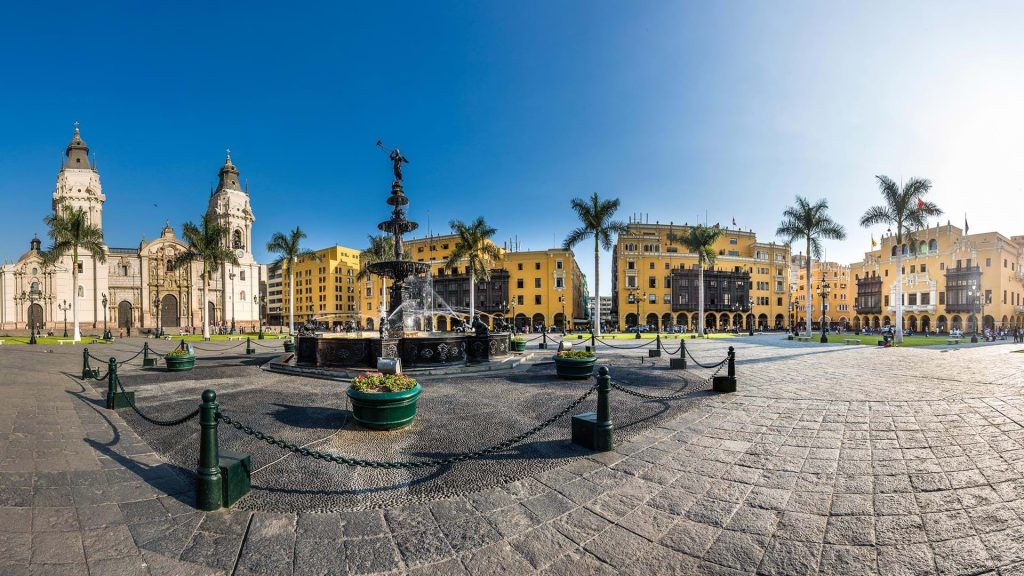Peru Tour Packages
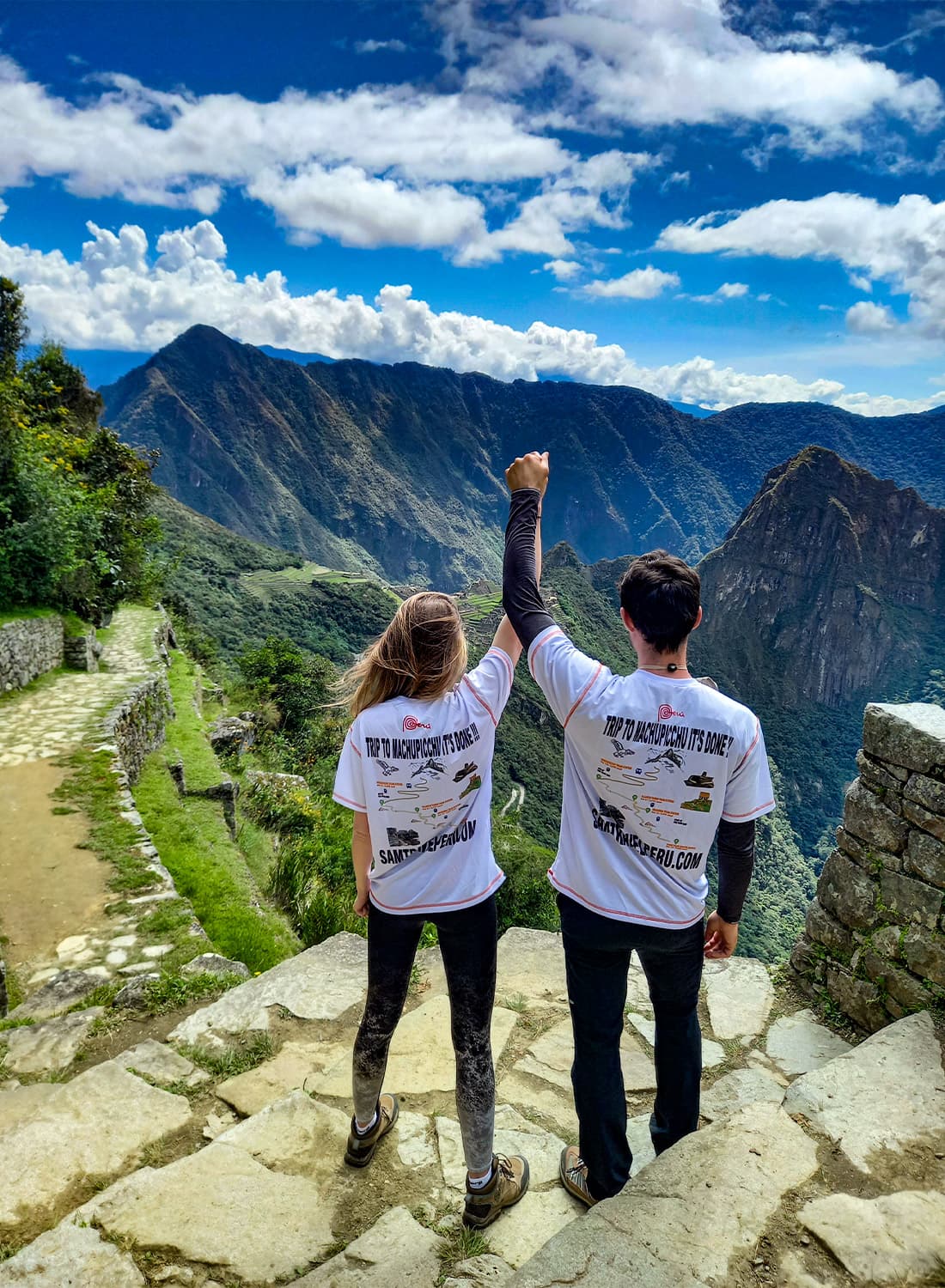
Discover the incredible diversity of Peru with our unforgettable tours to Machu Picchu, Cusco, the Sacred Valley, and the Tambopata Reserve. From the ancient wonders of the Inca Empire to the lush Amazon rainforest, each destination offers a unique glimpse into the heart of Peru.
Wander through cobblestone streets in historic Cusco, marvel at the breathtaking ruins of Machu Picchu, explore traditional Andean villages in the Sacred Valley, and connect with nature in the biodiverse Tambopata Reserve. Whether you’re seeking adventure, culture, or natural beauty, our carefully curated itineraries promise a once-in-a-lifetime experience.
Let the magic of Peru captivate you—your journey starts here.
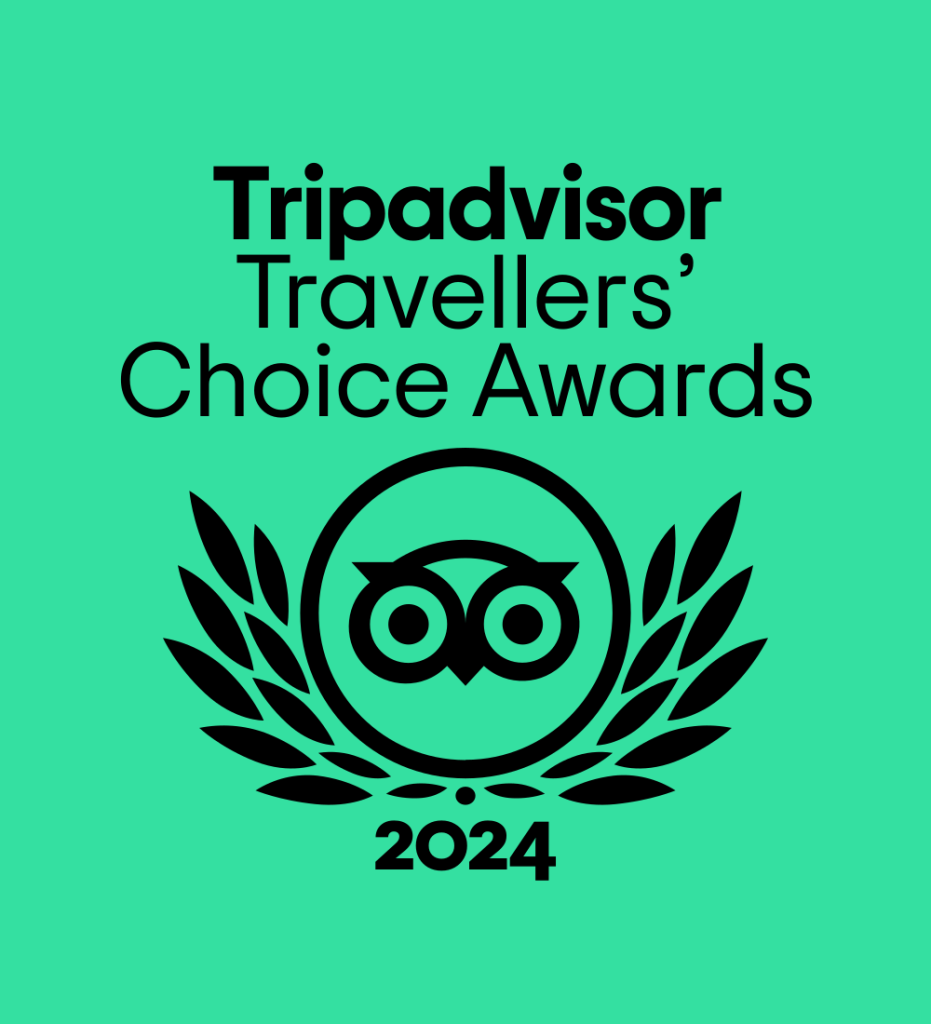
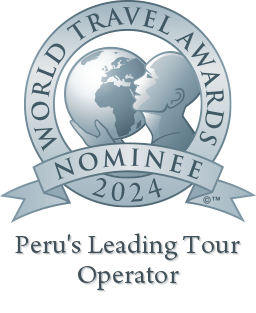
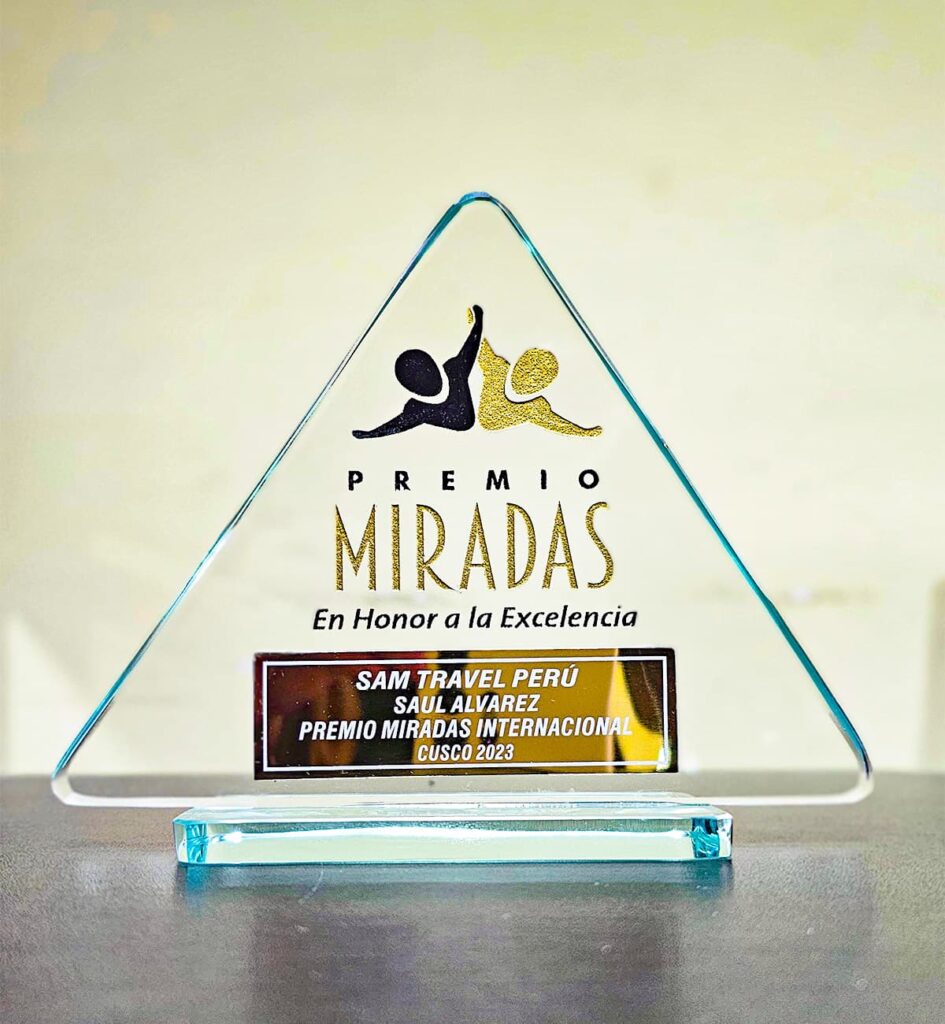
Explore one of the world’s greatest wonders with our private and small group Machu Picchu tours. Enveloped within a dramatic landscape where the Andes meet the Amazon basin, the ancient city of Machu Picchu was built to perfection by the mighty Inca Empire. You can arrive at Machu Picchu via train or an unforgettable multi-day trekking expedition. Once you step foot into this UNESCO World Heritage site, you’ll discover its refined architecture, spiritual meaning and astronomical importance. You will be accompanied by an expert, local, English-speaking guide who will bring the ruins to life through its fascinating oral history.
OUR GREAT TREKKING OPTIONS?
Our Peru trekking tours allow you explore the Andes Mountains, an outdoor lover’s wonderland abounding with scenic snowy peaks, hidden Inca ruins, glacially fed lagoons, and small traditional communities. Packages feature the Inca Trail to Machu Picchu as well as other epic treks that vary in length and difficulty. Start planning your best adventure to South America now with one of our expert travel advisors and ask about ways you can customize your itinerary to experience even more of the country’s diverse highlights.
Best Seller
The tour combining Cusco, the Sacred Valley, the Inca Trail, Rainbow Mountain, and Lake Titicaca is a top-selling adventure, blending Incan history, stunning landscapes, and Peru’s rich culture into a unique and unforgettable experience for adventurous travelers.
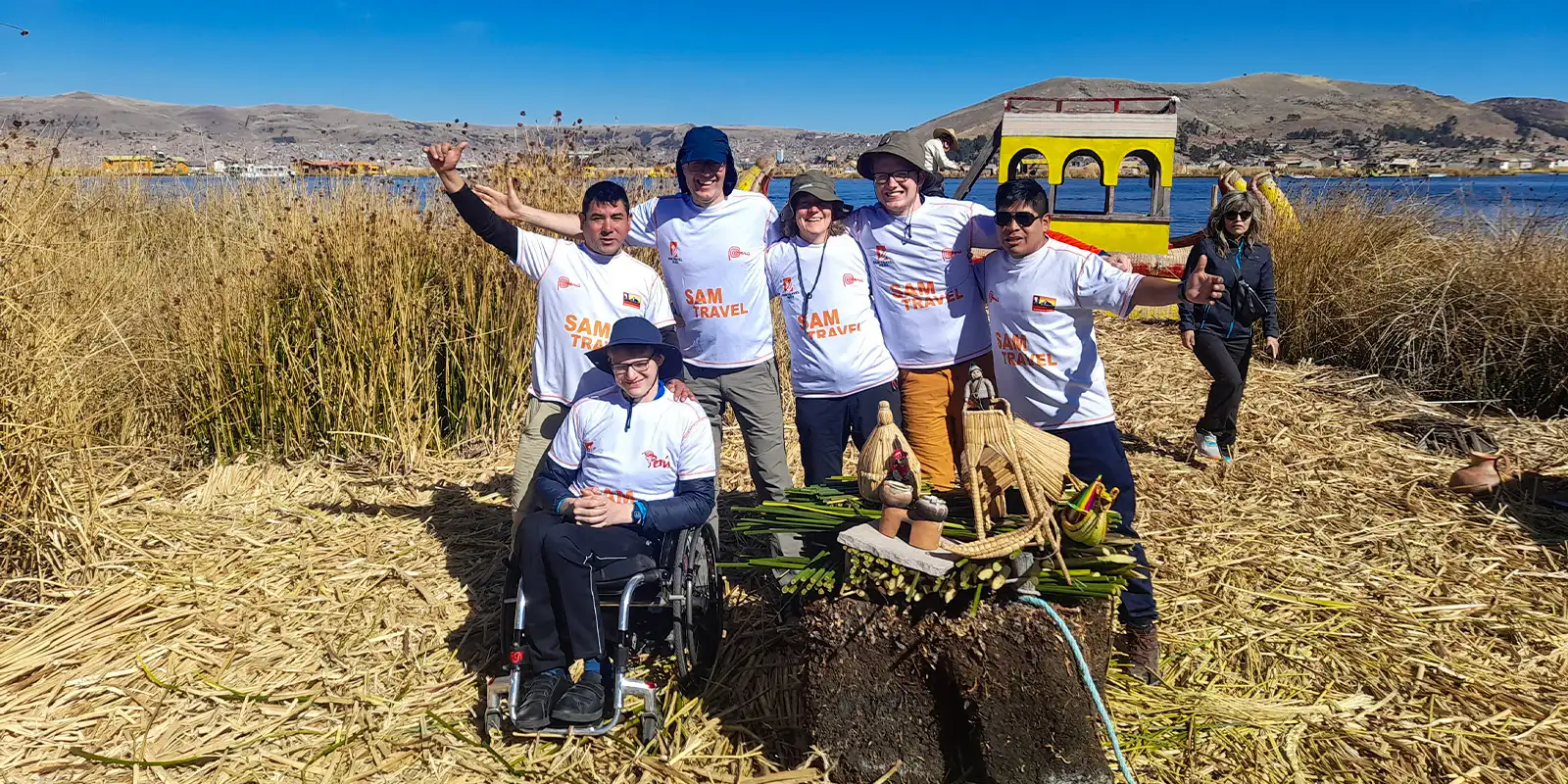
Cusco, Sacred Valley, Inca Trail, Rainbow Mt & Lake Titicaca
The complete package, all here in this 10 day tour of the Southern part of Peru. Starting in the captial of the Cusco region, this ancient Inca city is filled with cobblestoned streets and ancient tem ....
A WIDE SELECTION OF PERUVIAN TOUR PACKAGES TO MACHU PICCHU
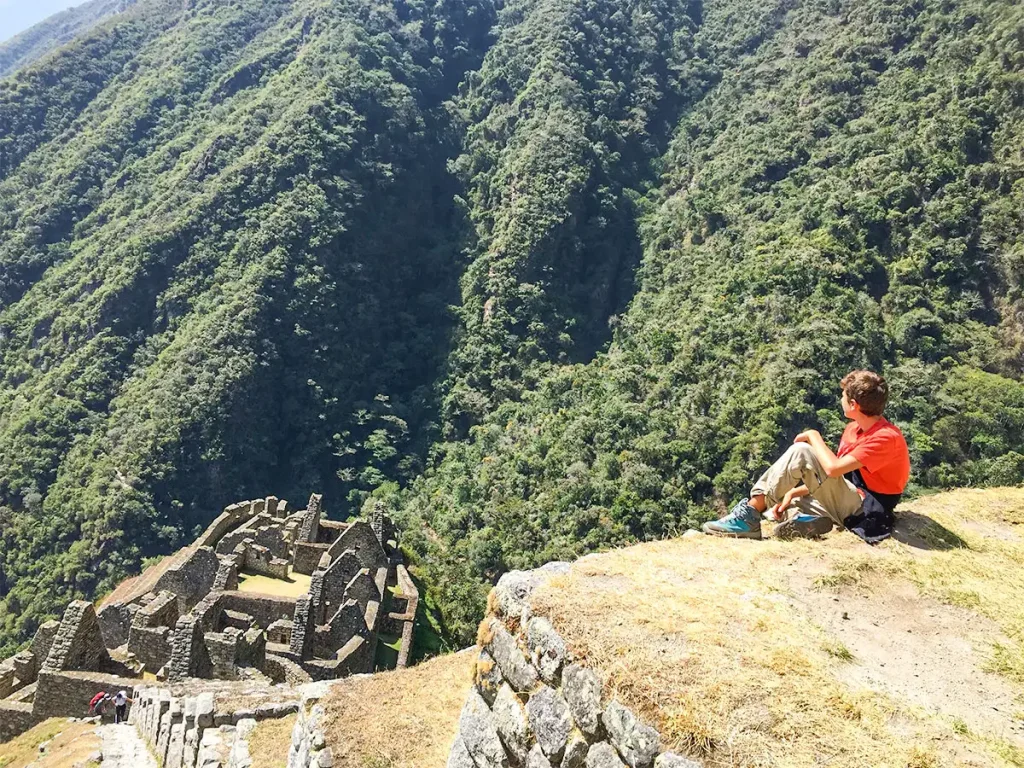
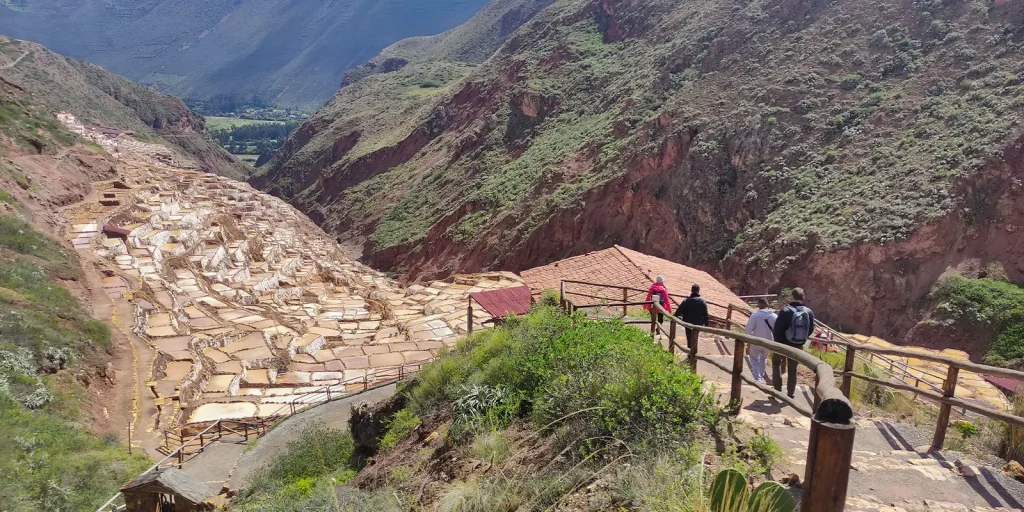
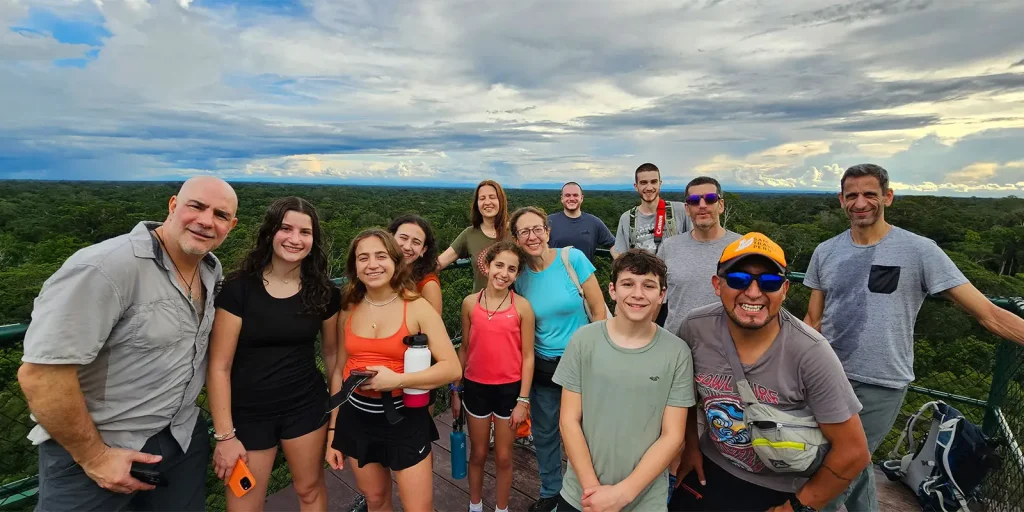
Adventure Trekking Tours
Tambopata Jungle, Short Inca Trail, Machu Picchu, Rainbow Mountain and Puno- 10 Days
Jungle, Ancient Inca cities, Temples, Mountains, Valleys, Hiking, Lakes and High Andean plains, a...
10 Days / 9 Nights
Formidable
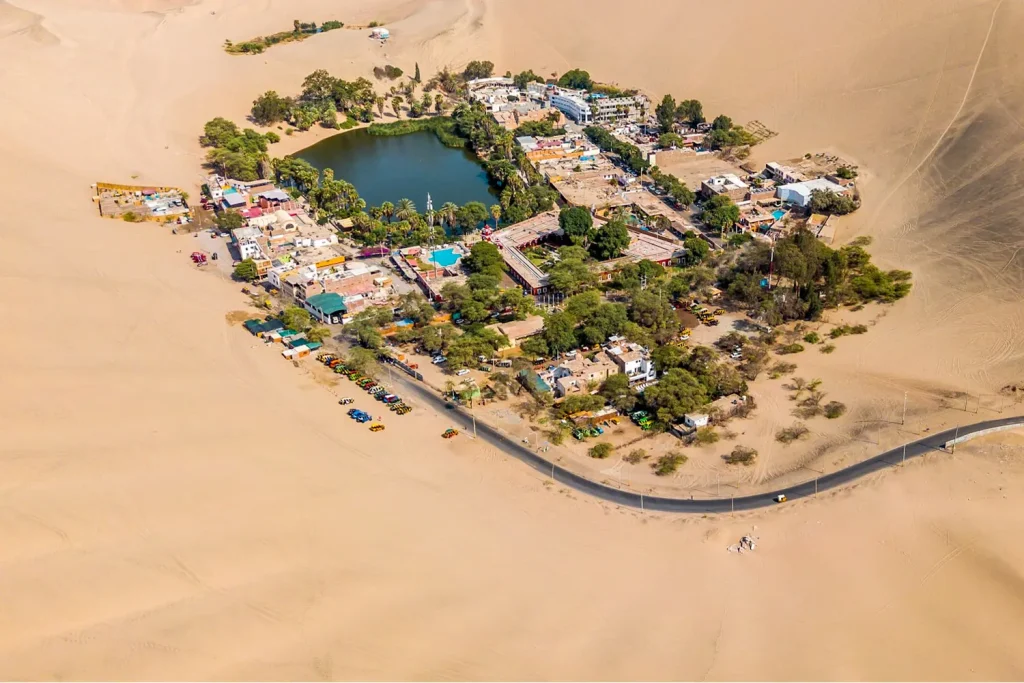
Adventure Trekking Tours
Tour Lima, The Ballestas Islands, Huacachina Oasis and Nazca Lines Tour Package – 3 Days
This fabulous 3-day packages covers the best of Lima and the attractions of Paracas and Nazca. Se...
3 Days / 2 Nights
Easy
Faqs
What language is spoken in Peru?
The official language of Peru is Spanish with 82.6% of the population speaking Spanish, one of many dialects of Spanish. In Peru, there are 47 indigenous languages with Quechua (13.9% of the pop.) and Aymara (1.7% of the pop.) being the two most common.
Is English spoken in Peru?
English is spoken in most tourist areas, but it is not widely spoken throughout Peru.
What currency is used in Peru?
Peru’s currency is the Nuevo Sol. The coins are five, ten, twenty and fifty cents. Coins of 1, 2 and 5 sol and bills of 10, 20, 50, 100 and 200 sol are also available.
Do I need a visa to travel to Peru?
A visa is not required when travelling as a tourist from Canada or the United States for up to 90 days.
When is the best time to travel to Peru?
May through September is the best time to travel to Peru. Although this is their winter, this is also considered their dry season with more sunny days and cold nights.
Is there transportation within Peru?
Transport in Peru’s main cities mainly consists of local buses and taxis. In Lima, they have a subway system called the Lima Metro. To travel between different regions, it is always best to fly. In the Andean region, from Cusco to Lake Titicaca, there are also train journeys that allow you to enjoy the beautiful scenery while you travel comfortably. It is important to mention that the only way to access Aguas Calientes is by train. This is the closest town you reach before visiting the famous Incan citadel of Machu Picchu.
Is Peru a family-friendly destination?
Peru is an excellent destination to visit with the family as the facilities, culture, and activities are perfect for a family trip. In Peru, both adults and kids can learn about different cultures, history, and archaeology, admire magnificent scenery, try local food, visit llama or alpaca farms and local markets, go on explorations to the Amazon, swim in the Amazon rivers, or sandboard in the desert. No matter what the interest is, Peru can offer an excellent experience for adults and children to enjoy.
How welcoming is Peru to LGBTQ travellers and families?
In recent years, LGBTQ tourism in Peru has been growing. Unfortunately, It is not one of the more progressive countries in South America, so discretion is advised when travelling in more remote areas of the country.
